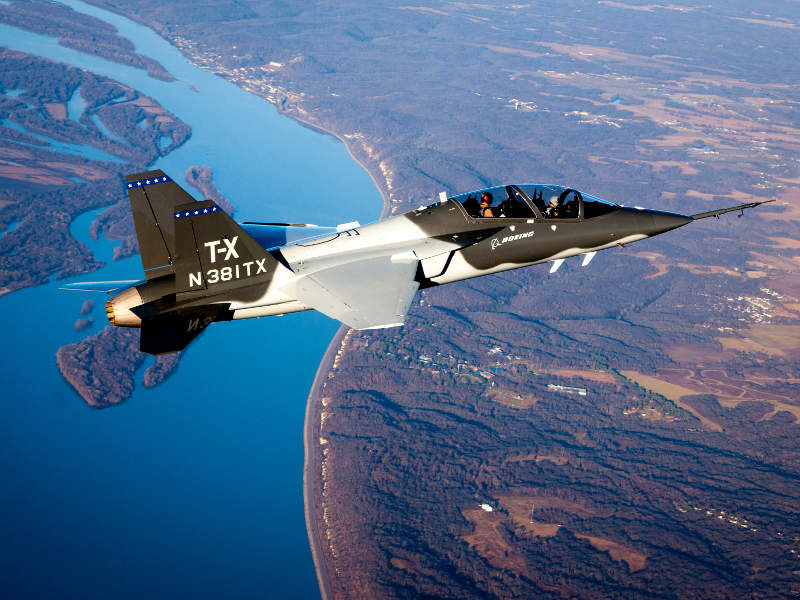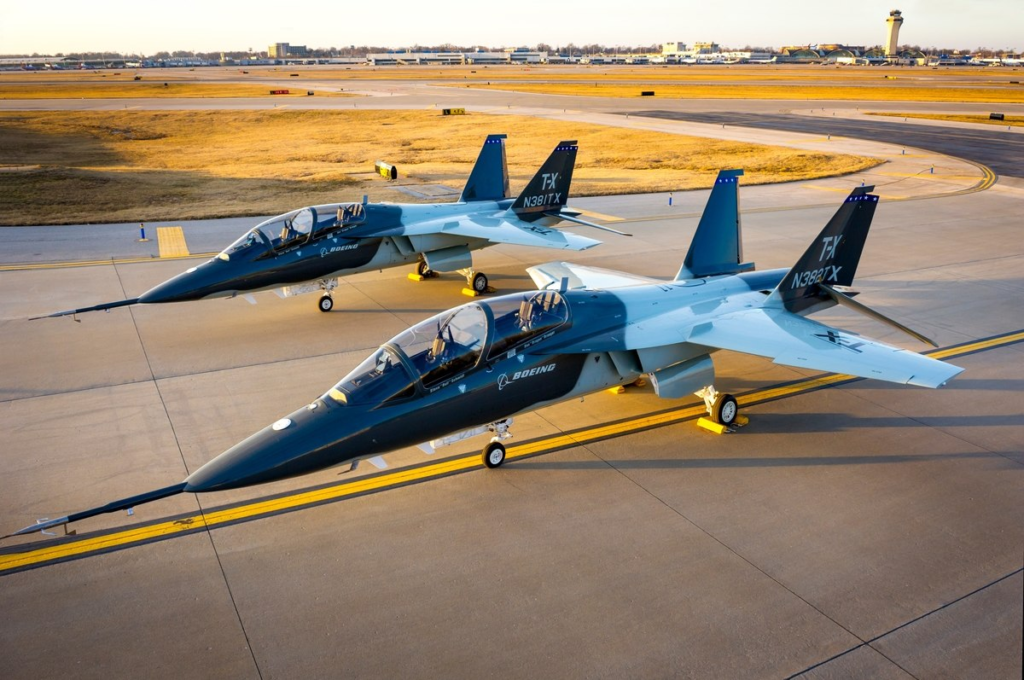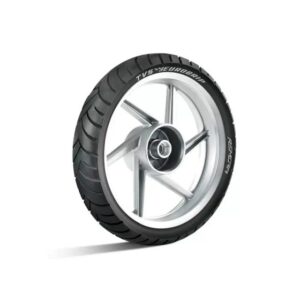Boeing T-X: Revolutionizing the Future of U.S. Air Force Pilot Training
The Boeing T-X, now officially designated as the T-7A Red Hawk, is set to transform the future of U.S. Air...

The Boeing T-X, now officially designated as the T-7A Red Hawk, is set to transform the future of U.S. Air Force pilot training. Designed to replace the aging fleet of T-38 Talons, this next-generation training aircraft brings cutting-edge technology, enhanced performance, and superior cost-efficiency. With its innovative design and advanced capabilities, the T-7A Red Hawk ensures that future fighter pilots receive the highest level of training before advancing to operational aircraft like the F-22 Raptor and F-35 Lightning II.

Advanced Design and Cutting-Edge Features
The Boeing T-7A Red Hawk is a twin-seat, single-engine trainer built in collaboration with Saab. Unlike its predecessor, the aircraft incorporates digital design techniques, reducing production time and costs. With an advanced open-architecture system, it allows for seamless integration of new training technologies over time.
This aircraft features a high-performance engine, the General Electric F404, which provides exceptional thrust-to-weight ratio and maneuverability. Its digital cockpit, modern avionics, and fly-by-wire controls make it more aligned with fifth-generation fighter jets, offering a realistic training environment for aspiring pilots.
Enhanced Training Experience for Future Pilots
One of the most crucial aspects of pilot training is realistic simulation. The Boeing T-7A Red Hawk comes with embedded training systems that allow instructors to customize training scenarios. These systems can replicate combat situations, helping trainees develop critical decision-making skills. The aircraft’s superior agility and performance enable pilots to experience G-forces and high-speed maneuvers similar to those found in combat aircraft.
Additionally, the T-7A is designed with safety in mind. Its zero-zero ejection seat and improved cockpit visibility ensure that pilots remain protected in emergency situations. These features significantly enhance the overall training experience, preparing pilots for high-intensity aerial combat scenarios.
A Cost-Effective and Scalable Solution
One of the key advantages of the Boeing T-7A Red Hawk is its affordability. The U.S. Air Force awarded Boeing a $9.2 billion contract to supply 351 aircraft, a significant investment in the future of military aviation training. The aircraft’s modular construction and digital design allow for cost-effective production and maintenance, reducing long-term expenses.
Furthermore, its scalable design makes it adaptable for future upgrades. As technology advances, the T-7A can be modified with updated avionics, weapons training capabilities, and other enhancements, ensuring its relevance in pilot training for decades to come.
The Role of Flight Model Planes in Pilot Training
Before stepping into real aircraft, many aspiring pilots start their journey by practicing with flight model planes. These scaled-down aircraft, including WW2 model planes, provide valuable insights into aerodynamics, maneuvering, and control systems. Flight simulators and wooden plane models also play a significant role in helping trainees understand the fundamentals of aviation. Boeing’s commitment to cutting-edge training solutions aligns with this principle, ensuring pilots receive a well-rounded education before transitioning to advanced jets.
Looking Ahead: The Future of Pilot Training
The introduction of the Boeing T-7A Red Hawk represents a monumental shift in U.S. Air Force pilot training. With its state-of-the-art features, cost-efficient production, and scalable design, the aircraft is poised to shape the future of aviation training for decades to come. As the U.S. Air Force continues to modernize its fleet, the T-7A will serve as a critical stepping stone for pilots moving into high-performance combat aircraft.
By integrating modern training methodologies with advanced aircraft like the T-7A, the U.S. Air Force ensures that future generations of pilots are equipped with the skills and knowledge necessary to excel in high-stakes missions. This next-generation trainer marks a new era in aviation training, setting the standard for efficiency, safety, and excellence in pilot development.



